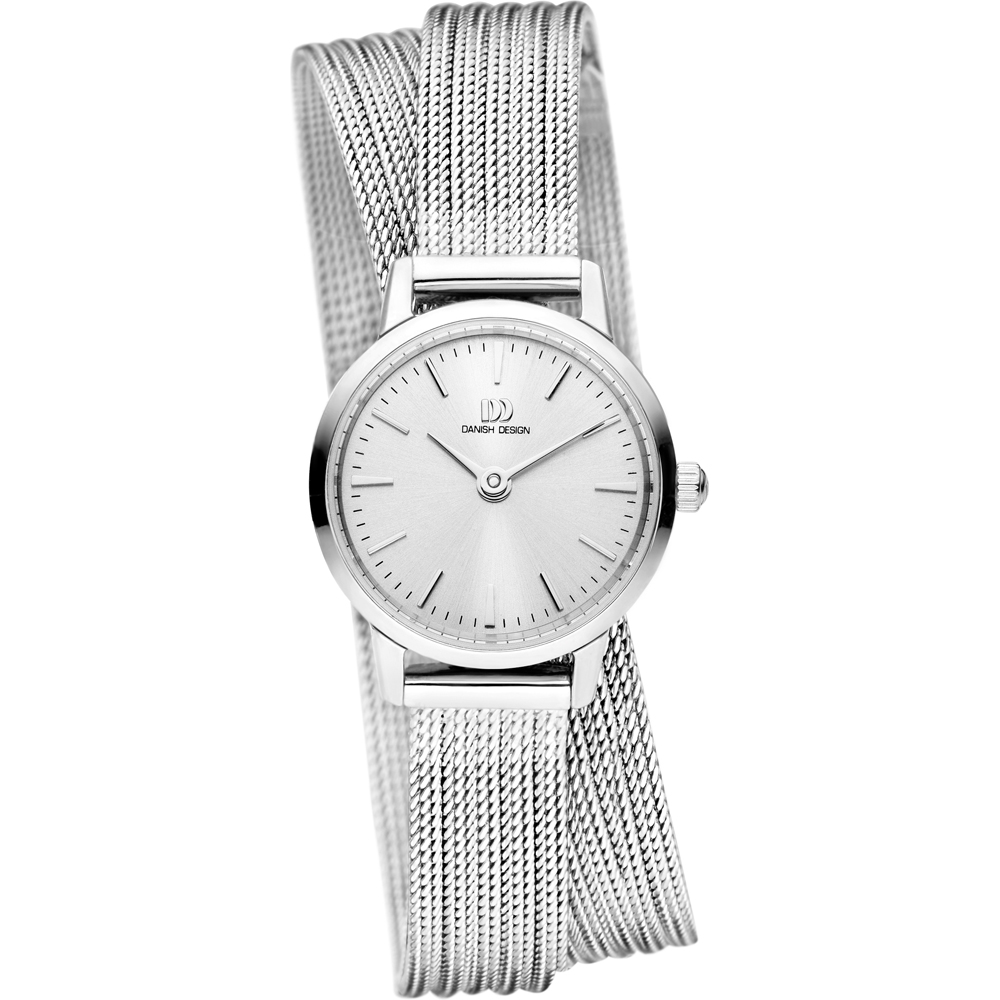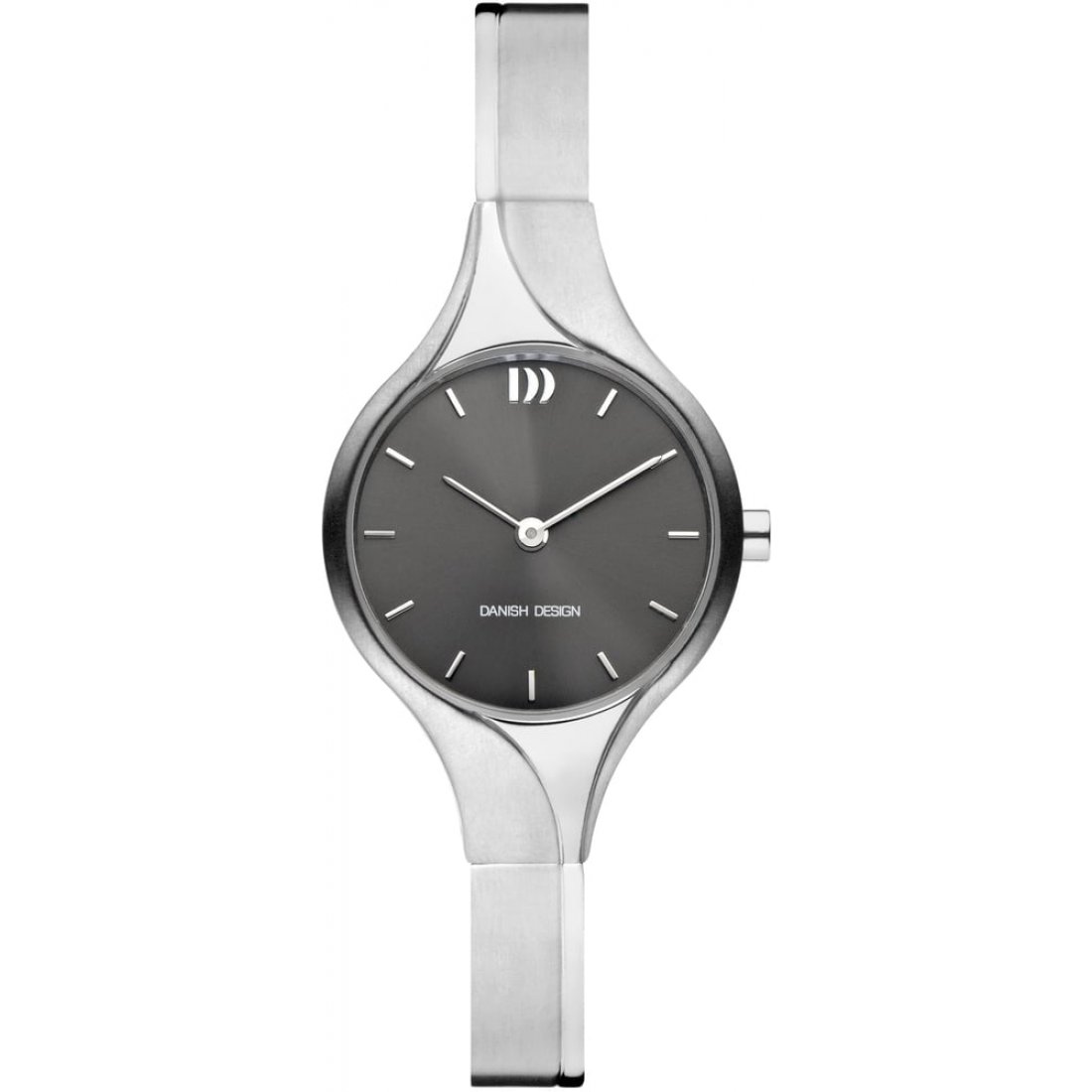Table Of Content

Vibeke Klint has been extremely active in the latter half of the twentieth century, both as a craftsman, designer, teacher,. Frantz Hingelberg Silversmiths, based in Arhus, Denmark, is a renowned name in silver and gold craftsmanship, known for innovation, quality, and global recognition. After the second world war, Jens Harald Quistgaard was apprenticed in the Georg Jensen Solvsmedie in Copenhagen. He has experimented with various media such as wood, metal, glass, steel and ceramics. Ted Nierenberg, the founder of Dansk International, noticed him because of his distinctively Danish craft aesthetic. Poul Henningsen’s well-known ceiling lamp for Poulsen was put in Ludwig Mies van der Rohe’s Tugendhat residence in Brno from 1929 to 1939.

Peter Hertz Oldest Silver Factory in Denmark
A Finn Juhl dining table and chairs have pride of place in the dining room, where they sit in front of a balcony with panoramic views of the surrounding nature. A brass pendant light perfectly matches the brown wood of the furniture. Keeping along with this theme, colors in Danish design are clean and simple.
How’s it Different From Mid-Century Modern?
Jacob Jensen, a Danish design pioneer, revolutionized industrial design with minimalist aesthetics and innovative functionality. His work left a lasting impact on Bang & Olufsen and Danish Modern movement. Astrid Fog, a pioneer of Danish modernism, found success in jewelry design later in life. Her minimalist style and innovative approach continue to influence modern design. In conclusion, Denmark’s design legacy, rooted in a unique blend of functionality and aesthetic beauty, extends beyond just objects. It’s a way of life deeply integrated into every aspect of Danish society.
Income and gender equality in Denmark
The brainchild of two Americans who traveled to Denmark and fell in love with Danish design, Dansk specializes in simple and elegant housewares. Over the years, Dansk has worked with Danish modern heavy-weights like Jens Quistgaard and Cyan Gunner. Their speciality is sculptural teak salad bowls, simple enamel pots, and sophisticated metal and iron candle holders. Louis Poulsen's classic artichoke lamp hangs above a dining table, adding a sculptural feature to the otherwise pared-back interior.
Leif Erik Rasmussen (b. Danish Furniture Designer
Furniture is shaped around the human body for both functionality and comfort. Often, simple furniture is seen with inviting throws and pillows of wool, linen, or cotton. The structure of furnishings is kept to a minimum, emphasizing the architectural form rather than any unnecessary details. He studied furniture design at Kunsthåndværkersklen, Copenhagen to 1968.
With a jewelry designer background, Ditzel introduced a decorative element to Danish Modernism. Among her most iconic pieces is her psychedelic Butterfly Chair, which mimics a resting butterfly right down to the antennae-like legs, and her Ring Chair, which puts an undeniably glam spin on Danish Modern design. A Danish Modern founding father, Finn Juhl designed furniture that championed aerodynamic form and sculptural qualities. Subtly surreal elements checker his work, from the wavy wood chair arms present on his 45 Chairs to the double fang-shaped back that makes his Pelican Chair a total scene-stealer.
Scandinavian Interior Design: What I Learned From My Recent Trips To Denmark & Sweden - The Zoe Report
Scandinavian Interior Design: What I Learned From My Recent Trips To Denmark & Sweden.
Posted: Mon, 12 Jun 2023 07:00:00 GMT [source]
Henningsen designed all the PH lamps based on his theory that the observer should never see the actual light source. Like other examples of Henningsen’s work in lighting, the most famous lamp in the PH series, the Artichoke lamp, was designed so that layers of shades are created between the light source and the subject. This creates an effect of soft and diffused light and completely eliminates any visual glare. Pieces by Danish mid-century modern designers, like Finn Juhl, are mixed with newer designs from brands such as &tradition and Skagerak to create interiors that blend the classic with the contemporary. Danish design is all about simplicity, functionality, and creating spaces with a welcoming, comforting feeling.
It first became popular in the 1940s and 1950s, when the light and simple style of Danish furniture proved a good fit for the clean lines of the new International Style architecture. Though Danish design is simple and functional, it is in no way lacking warmth. Comforting elements such as throws and pillows, candles, fresh flowers, books, and spaces that are free and uncluttered are characteristic of these homes. Poul Kjærholm, Verner Panton and Nanna Ditzel followed a few years later, continuing the successful story of Danish design. Scandinavian design, focusing on warm ochre and neutral tones, connects to nature and the environment.
Collcoll hides stairs and seats in pixellated wooden structure at Pricefx office
Brilliant examples of contemporary home furnishings were shown from Denmark, Finland, Norway, and Sweden and exposed Americans to Scandinavian design, inspiring a shift towards mid-century design. Carl Christian Fjerdingstad was a Norwegian designer born in Kristiansand and active in Blaricum (Norway), the Netherlands, and Paris. Carl Christian Fjerdingstad worked as a designer for Orfèvrerie Christofle in Paris and a silversmith for Henry van de Velde. His work combined French designs with the hammered surfaces and round shapes of Danish silverware.
Stores like Illums Bolighus and Normann Copenhagen offer a range of products that epitomize Danish design’s ethos of functionality and beauty. Interestingly, Denmark’s commitment to design extends beyond professional realms into education. Danish children are taught to appreciate architecture and design from a young age. This early exposure fosters a society deeply aware and appreciative of good design, which is evident in various aspects of Danish life. Danish Modern thus became their rebellion against the ‘style confusion’ they believed prevailed until the 1920s. Weekly updates on the latest design and architecture vacancies advertised on Dezeen Jobs.
Holger Nielsen, a young metalworker, met Marie Axelsen, his future wife, while she was studying to be a hairdresser. When they married in 1939, Marie opened her own salon in Randers, Denmark, and Holger helped furnish it. Carl Hansen & Son has unveiled the BM0488S Table Bench – a shorter version of Børge Mogensen’s famous bench with the characteristic woven seat, understated details and precise craftsmanship. Frederik Lunning, a Danish-born businessman and owner of the Georg Jensen Inc. store on Fifth Avenue in New York, created the Lunning Prize award in December 1951. This successful showcase for Danish porcelain and glass was developed in 1924, but supplies were cut off when World War II broke out. The Eva Solo 2 Espresso Tumbler Mugs elevate your coffee experience with Danish design, porcelain durability, and a silicone-coated grip.
Danish brand Menu teamed up with studio Norm Architects to create The Audo, a hotel in Copenhagen's up-and-coming Nordhavn area. The “new city” of Ørestad near Copenhagen features creative and sustainable buildings by a number of Danish architects, including BIG, Henning Larsen, and 3XN. By focusing on the functionality of everyday life, Danish design is accessible to everyone without even needing to purchase new items. Here are a few tips for incorporating some Danish flair into your home.
Benjamin Hubert’s LAYER partners with Really to create SHIFT, a flexible shelving system made from upcycled textiles, perfect for retail and exhibition spaces. Nanna Ditzel, a leading Danish 20th-century designer, had also worked in furniture, textiles and jewellery design for many decades and has been one of the few women designers in the country to achieve celebrity status. He is remembered for his achievements as artistic director of Royal Copenhagen from 1884–1916. He introduced a new style with inspiration from Japanese imagery and European naturalism to the porcelain industry. The Lassen brothers’ archive of architecture and furniture design represents the finest qualities of the Danish design tradition and deserves a wider audience.
The success of the Beolit 39 marked an important turn towards the production of highly designed consumer electronics for which Bang & Olufsen became renowned. The transformation of Copenhagen’s industrial waterfront into a series of welcoming public spaces is a prime example of Danish design philosophy. These areas, including the Botanical Garden and Assistens Cemetery, blend functionality with aesthetic appeal, creating spaces that uplift and inspire. Although most famed as an author, architect and an academic Paul Henningsen achieved enormous success in lighting design with his series of light fixtures for Louis Poulsen. Following on from his more general interest in light and how it affects human beings, Henningsen is credited for establishing light architecture by creating his signature PH lamp series.
Sent every Thursday and featuring a selection of the best reader comments and most talked-about stories. Danish designer David Thulstrup brought a touch of his home country to his refurbishment of Donum Home (above and top image) in California's Sonoma County. Informed by "Nordic sensuality and Japanese minimalism," it adds interest to a streamlined interior. An abandoned shed was turned into a home by studio La Firme, which disassembled it and rebuilt it at a new location on a farmhouse property in Mansonville, Quebec.

No comments:
Post a Comment